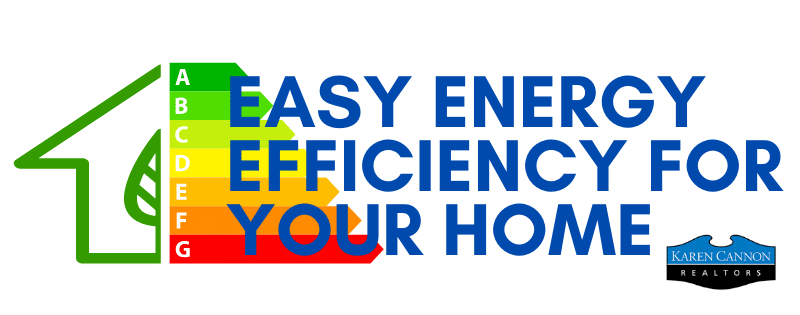It’s now late spring, but there is plenty that can be planted around your home to bring color and joy. A change in landscaping can be a simple as perennial hanging baskets or as arduous as a sculpted, water-saving gardener’s paradise. Before you set foot for the local nursery, take note of the areas that you want to spruce up.
Direct Sunlight
The amount of light that a plant requires versus the amount of light it gets can be a single determining factor in its success. While you are home, watch how the light hits areas you plan to plant. When does it get full sun, or partial or full shade. That will make plant selection easier and more successful.
Soil
All plants require a certain type of soil. Soil content can be adjusted with compost or organic matter. According to Southern Living, “when you place the wrong plant in the wrong kind of soil, you’ll get mixed results. Worst-case scenario, the plant dies. Best case, it survives, but with lackluster results. Each soil type accommodates a different palette of plants.” Inventory the soil you have, so you know what you may need to supplement.
Wildlife
North Atlantans have plenty of garden leveling critters. Rabbits or deer or burrowing chipmunks can level produce and shrubs overnight. Depending on the type of landscaping that you are planning, consider a physical barrier. That will not always work, say in a front yard, so research which plants are not palatable to the local wildlife.
Color Echo
For those of us who lack a green thumb, consider using color echo as you bring bright hues. Color echo is planting clumps of the same color throughout the planting area. Consider similar flower colors and leaf colors but also bloom times, textures and heights. As you select plants, consider leaf and flower color, and how it will blend or clash with existing landscape and hardscaping. Southern Living also suggests, “Add in contrasting leaf and plant textures to stir some drama in the landscape.”

